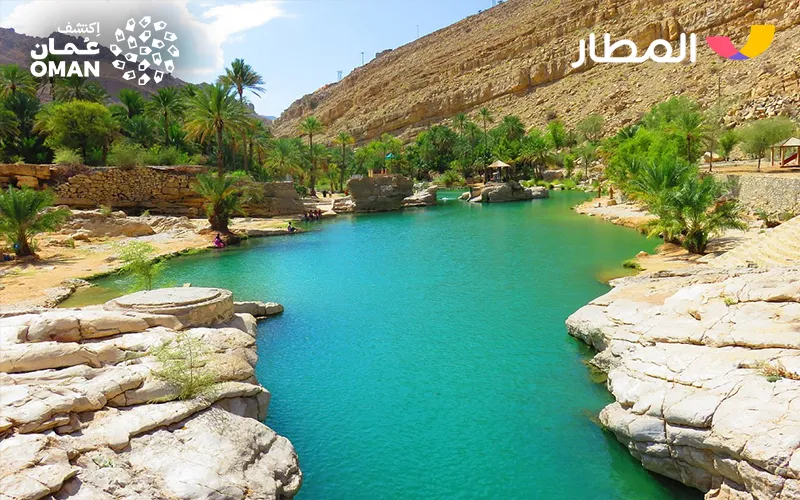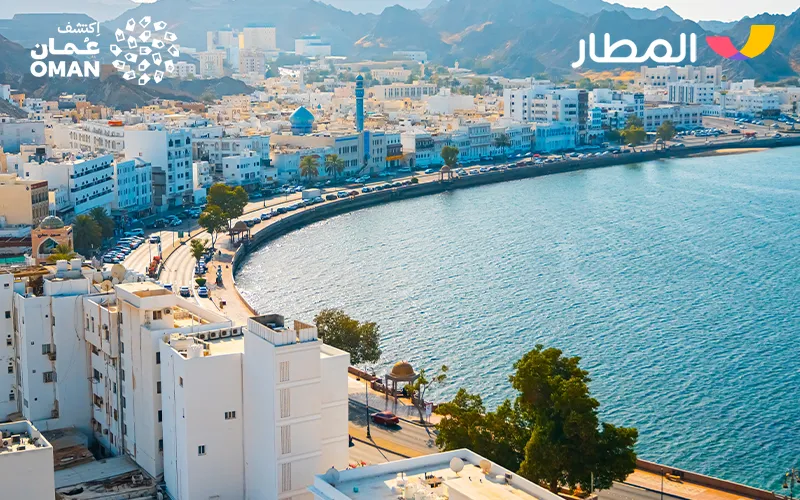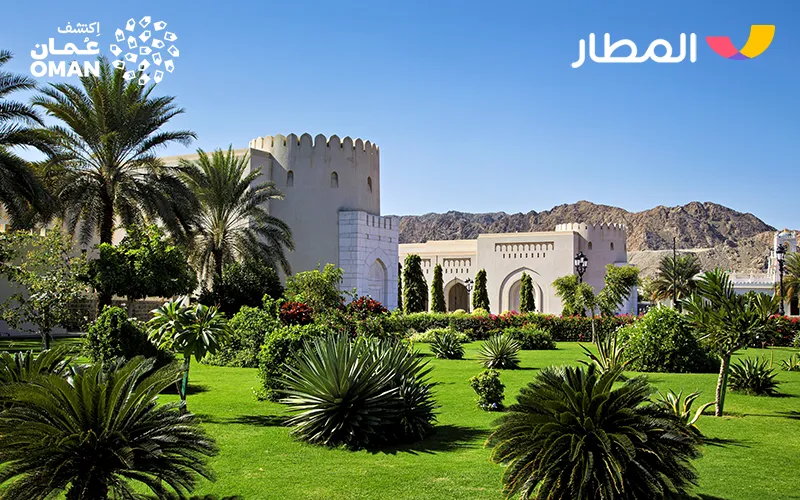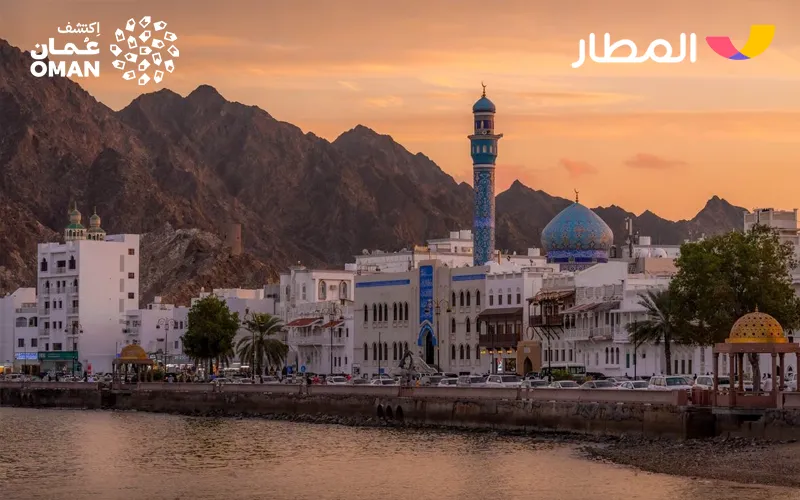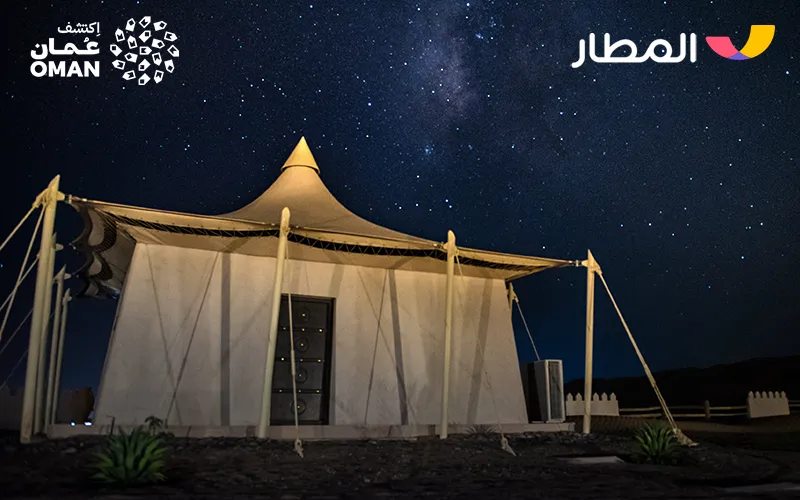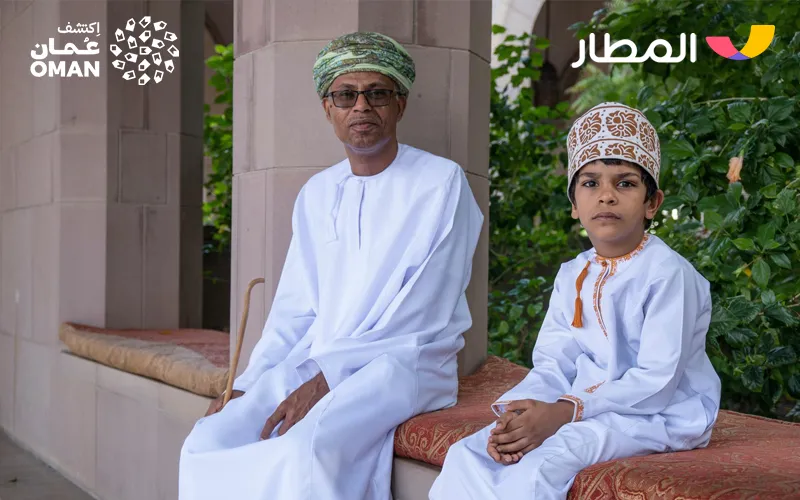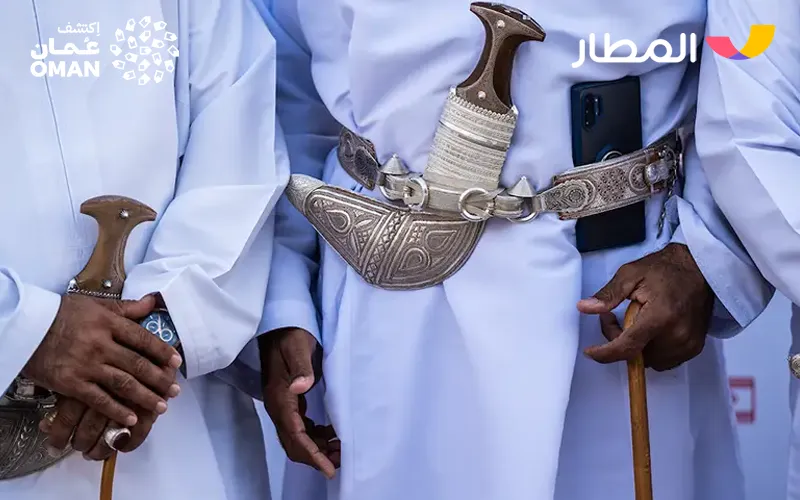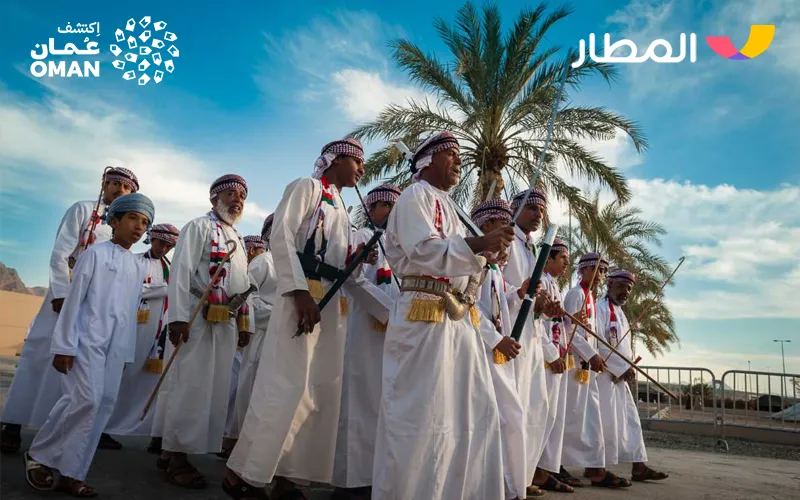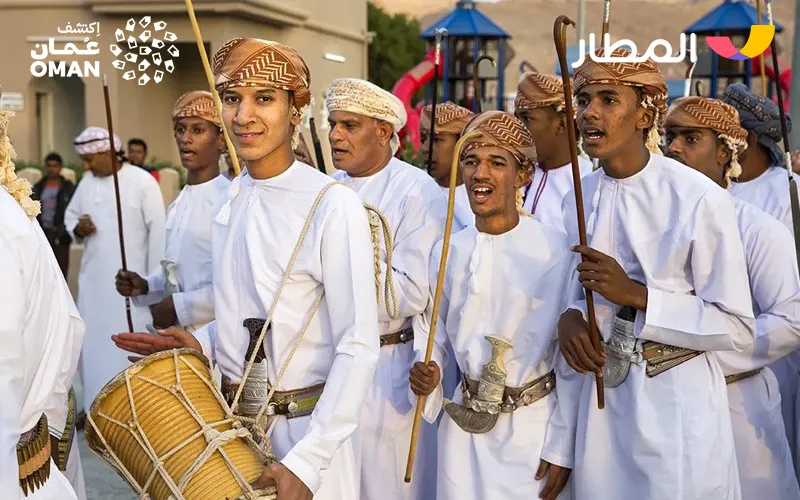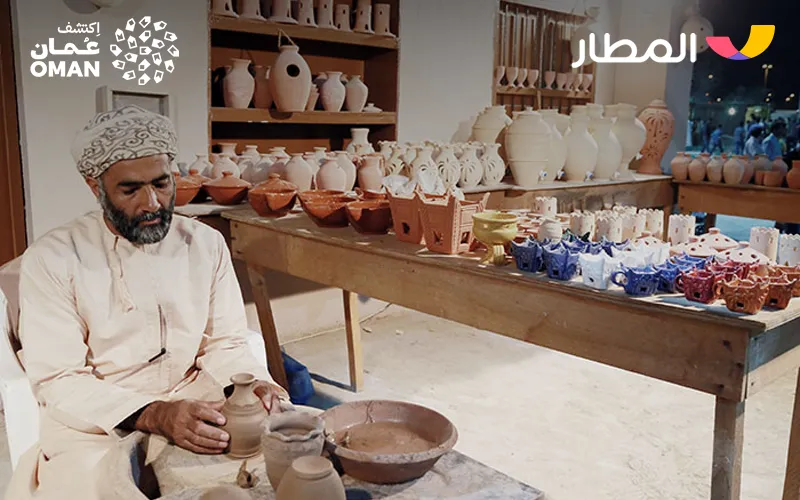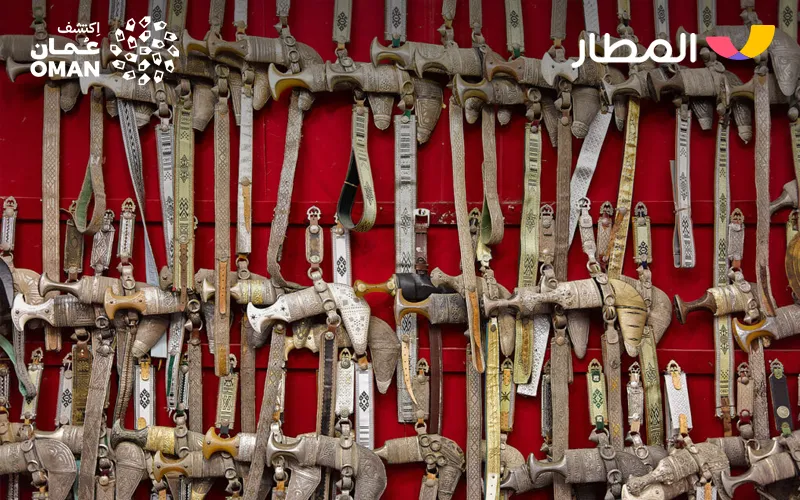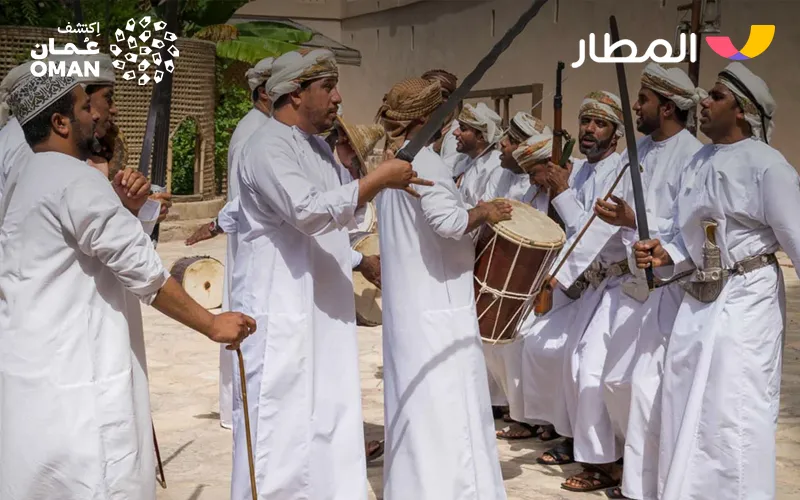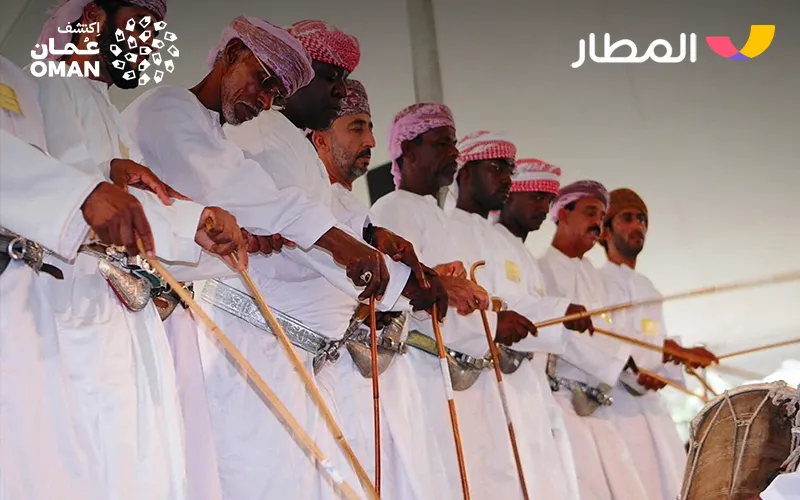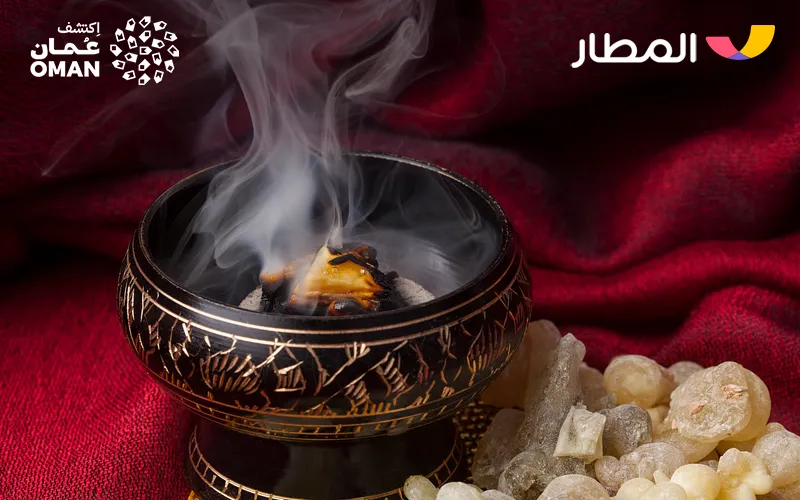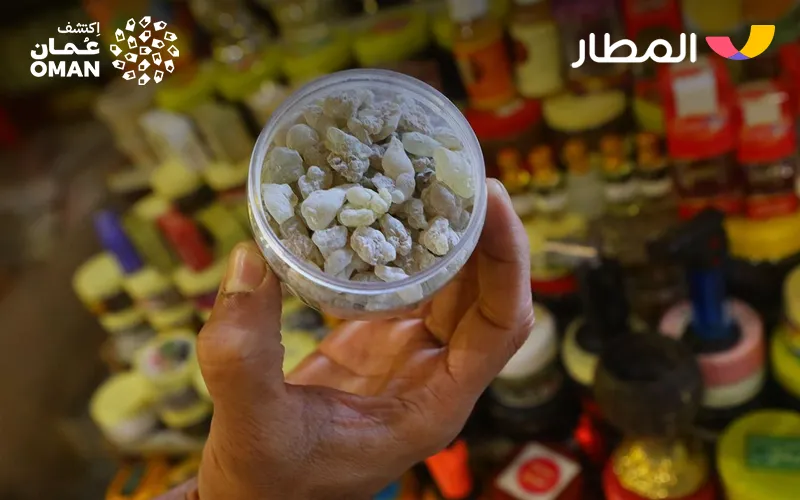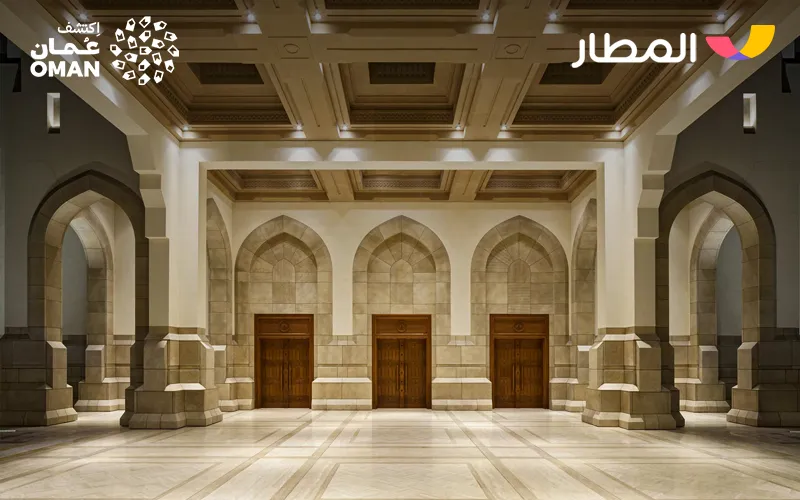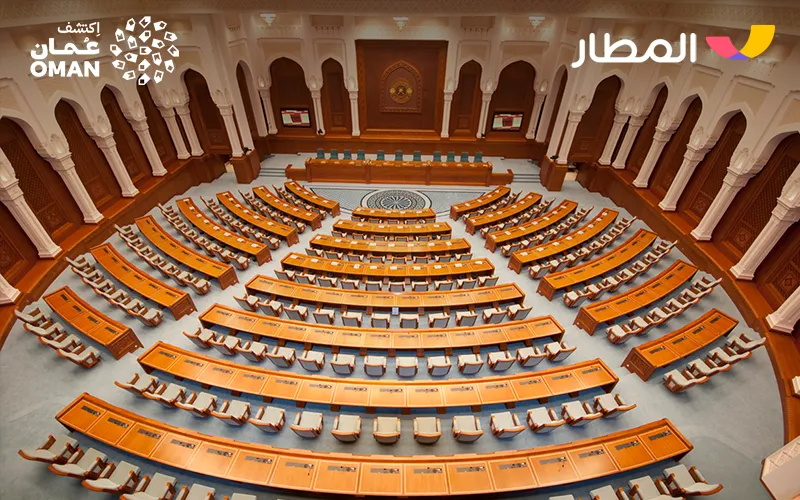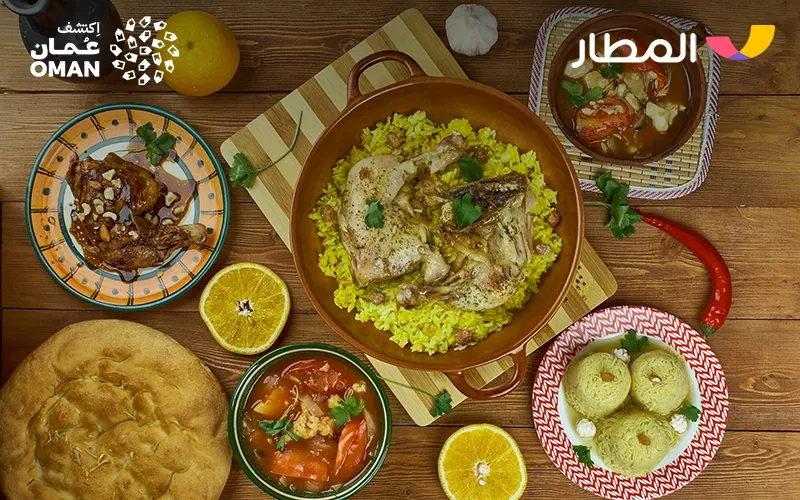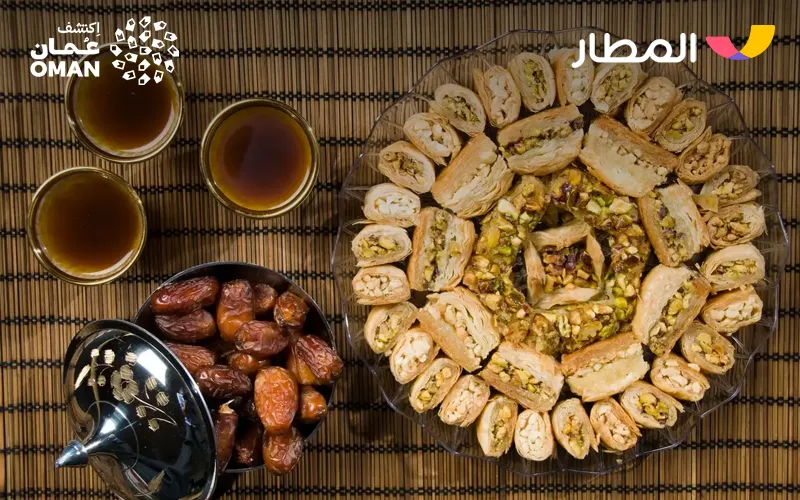Oman is distinguished by customs and traditions that grant it a special cultural charm, and it has successfully preserved this rich heritage while embracing modernity, achieving a balance that evokes admiration. In this article on Oman Culture and Traditions, we will explore the nature of Omani society, how the Sultanate’s location and history have shaped its unique traditions, and we will review the most beautiful Omani customs and traditions that continue to shine and flourish in the lives of its people.
Location and History: The Roots of Omani Traditions
The Sultanate of Oman is located in the far southeast of the Arabian Peninsula, overlooking the Arabian Sea and the Strait of Hormuz, and this strategic location has shaped its ancient history and contributed to the diversity of its culture. Oman is a country deeply rooted in civilization; it has witnessed successive civilizations over thousands of years, from the ancient Majan kingdom known for copper and frankincense trade to the maritime empire that extended its influence to the coasts of East Africa. The maritime location of Oman and its historical openness to the oceans provided a unique opportunity to interact with multiple civilizations such as Mesopotamia, India, Persia, East Asia, and East Africa. These commercial and cultural ties over centuries brought diverse influences to Oman and reflected in its customs and traditions. Today, one can see a unique blend of Arab and Islamic heritage flavored with African and Indian elements in music, food, and even certain vocabulary and dialects.
Oman’s diverse topography, from long coastlines and towering mountains like the Al Hajar Mountains to vast deserts, valleys, and oases, has played a major role in shaping community traditions. Each region developed a lifestyle harmonized with its environment; coastal dwellers developed sea and fishing-related traditions, mountain residents preserved customs linked to agriculture and herding, and thus the geographic diversity created multiple local traditional palettes that merged to form a unified Omani identity.
The Most Beautiful Omani Customs and Traditions
Omani Hospitality
Hospitality in Oman is not just a kind gesture but a way of life that reflects pride in their culture. Serving Omani coffee and dates is the first thing a host does when receiving guests, symbolizing genuine affection and respect. The coffee is poured repeatedly into small cups, indicating continuous welcome. This generosity is not limited to homes; it is also felt in markets and villages. Vendors may invite you to taste their products, and locals warmly assist and guide strangers. This authentic generosity makes a visitor feel at home from the first moment they arrive in Oman.
Traditional Omani Dress
Traditional clothing in Oman is a symbol of pride in identity and heritage, giving Omanis an elegant yet modest appearance. Omani men wear the dishdasha, topped with the kumma, a round embroidered cap. On special occasions, they wrap the mussar (turban) around their heads with colors and patterns that sometimes indicate their region or tribe. The outfit is completed with the Omani dagger (khanjar), suspended from a belt at the waist during official ceremonies. Omani women appear in their finest attire in traditional dress, which varies in design and color from region to region. They wear an embroidered Omani gown with shiny gold or silver threads over decorated trousers called sirwal, and they cover their heads with a matching scarf or hijab.
Celebrations and Folk Festivals
Occasions and holidays are golden opportunities to witness Omani traditions at their most vibrant, where the community unites in celebration. Eid Al-Fitr and Eid Al-Adha are among the most important religious and social events in the Sultanate. Omanis begin the Eid morning with congregational prayers in mosques and open squares, followed by joyful family gatherings, festive meals of traditional foods, and the exchange of the famous Omani sweets.
In addition to religious holidays, Oman annually celebrates several prominent cultural festivals that attract both residents and tourists alike, including:
- Muscat Festival, held in winter, where the capital transforms into a large cultural carnival.
- Khareef Salalah Tourism Festival, held in Dhofar Governorate, bringing people together to celebrate the stunning nature and heritage of Dhofar.
- The Sultanate’s National Day, celebrated on November 18 every year.
Oman Culture and Traditions are prominently showcased in these events.
Traditional Arts and Handicrafts
Oman enjoys a rich heritage of traditional crafts and arts passed down through generations and still thrives in local markets and homes. Among the most wonderful of these crafts are:
- Omani silverwork
- Traditional pottery, especially in the Wilayat of Bahla
- Handwoven textiles and carpets with designs inspired by the Omani environment
- Wooden shipbuilding
- Frankincense products and traditional tools used for extracting oils and perfumes
Music and Traditional Dances
Music and traditional dance in Oman have a unique rhythm that expresses the depth of its heritage and the diversity of its influences over time. Omani melodies blend tones from Arab, African, and Indian cultures, a result of Oman’s historical maritime connections that carried not only goods but also arts. These dances and melodies are not just entertainment; they express stories, values, and shared emotions, narrating tribal history, harvest celebrations, or sailors’ bravery. Participating in these performances gives visitors a vibrant, immersive experience into Omani life.
Frankincense and Incense: The Ingrained Scent of Oman
No discussion about Omani traditions is complete without mentioning frankincense, whose name has been tied to the Sultanate’s history and culture for thousands of years. Omani frankincense, especially from Dhofar’s Dhoqan trees, is among the finest in the world and was historically called “white gold” due to its value. Omanis have long used frankincense in various aspects of life: its fragrant smoke is burned in homes and mosques as a welcoming scent that refreshes the atmosphere. It’s also believed to have health benefits, such as air purification and dispelling negative energy. Frankincense was one of Oman’s most important historical exports.
Omani Majlis
The Omani majlis is the heart of traditional social life in the Sultanate and a cornerstone of every home, village, and city. Omanis dedicate a room or space in their homes called the majlis to receive guests and hold social gatherings. It is usually furnished with carpets and cushions elegantly arranged in circular or facing rows. In the majlis, friends, neighbors, and family members regularly meet to exchange conversations and news, discuss community matters, and resolve friendly disputes if they arise, all in an atmosphere of mutual respect and renowned Omani hospitality. The host continuously offers guests coffee, tea, and dates. Elders are seated at the head of the majlis out of respect, reflecting traditions of honoring the elderly and listening to their advice.
Omani Cuisine and Its Distinct Flavors
Omani cuisine reflects the country’s diverse heritage and historical interaction with different cultures. Omani flavors are a delicious blend of Arab, Persian, Indian, and East African influences. Traditional Omani dishes are served in large containers so that family and guests gather around to share the food, reflecting their love for community and togetherness.
Some of the most famous Omani dishes include:
- Shuwa: Usually lamb marinated with a special blend of spices, wrapped in banana leaves or palm fronds, and buried in a deep sand pit over burning coals for many hours, sometimes up to two days.
- Majboos or Qabuli: A saffron and spice rice dish cooked with meat, chicken, or fish, similar to Indian biryani but with a uniquely Omani twist.
- Omani Halwa: Made from sugar, ghee, rose water, nuts, and saffron, cooked in large copper pots for hours until it reaches a thick, gelatinous consistency.
- Omani Bread: Thin and crispy, eaten with honey, ghee, or cheese.
- Thareed: Torn flatbread soaked in meat and vegetable broth.
- Omani Tea: Often infused with cloves or milk, widely popular and served during daily gatherings.
Enjoy an Authentic Omani Experience with almatar
When planning your trip to the Sultanate of Oman, the almatar app offers many services to make your travel easier and more comfortable. When booking your trip through the app, you can now enable the seat selection feature, which allows you to select your preferred seat on the plane during booking, ensuring a comfortable journey according to your preference.
Want to Learn More About the Sultanate of Oman?
For more inspiration and information about Oman, we invite you to explore other articles on the almatar blog. You can read the article: Explore the Most Famous Historical Places in Oman, to learn about the historical and cultural landmarks the country boasts.
Also check out: Top 10 places to Visit in Oman to discover the most beautiful tourist and natural destinations we recommend during your trip.
Frequently Asked Questions – Omani Customs and Traditions
What distinguishes Omani customs and traditions?
Omani customs and traditions blend Arab and Islamic authenticity with global influences from Africa and Asia, giving the Sultanate a unique culture that attracts tourists.
How has Oman’s history and location influenced its culture?
Oman’s maritime location and historical trade openness contributed to the diversity of its society, where various civilizations have blended into the fabric of Omani culture.
Are Omanis friendly toward visitors?
Yes, Omanis are known for their hospitality and warm welcome; they will treat you as a cherished guest, offering coffee and dates and expressing their willingness to help.
What are the most notable traditions tourists can experience in Oman?
Tourists can attend Omani festivals such as Muscat Festival or Khareef Salalah to witness traditional dances and arts, visit traditional markets to experience frankincense and incense, and taste authentic Omani dishes like shuwa and halwa.

